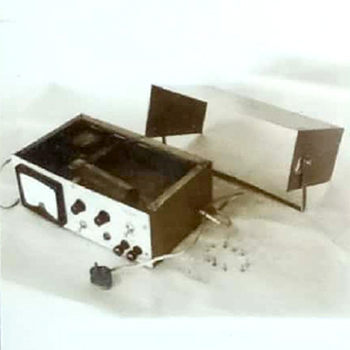Electronics has come a long way in the last 25 years. It has helped man land on the moon, communicate over large distances in a fraction of a second, and be entertained by radio and television. Behind these visible and glamorous facades of electronics, but unknown to many, exist the drab and uninteresting laboratories where the marvels of electronics are born. And the core of these laboratories is the very vast array of electronic instruments that they possess.
Though very large amounts of money are spent to develop and perfect these instruments electronically, scant attention is paid to their construction. For example, not much effort has been put into making the fabrication of the instrument housings easier or cheaper. Then again, very little attention has been paid to the plight of the instrument repairers who have to dismantle the instruments.
Some of these difficulties have been corrected to some extent abroad, especially in the United States, England, and Germany, through standardization. This has been made possible principally because of the large size of the companies (General Radio, Hewlett-Packard, Marconi, and Siemens) and the resources at their disposal.
